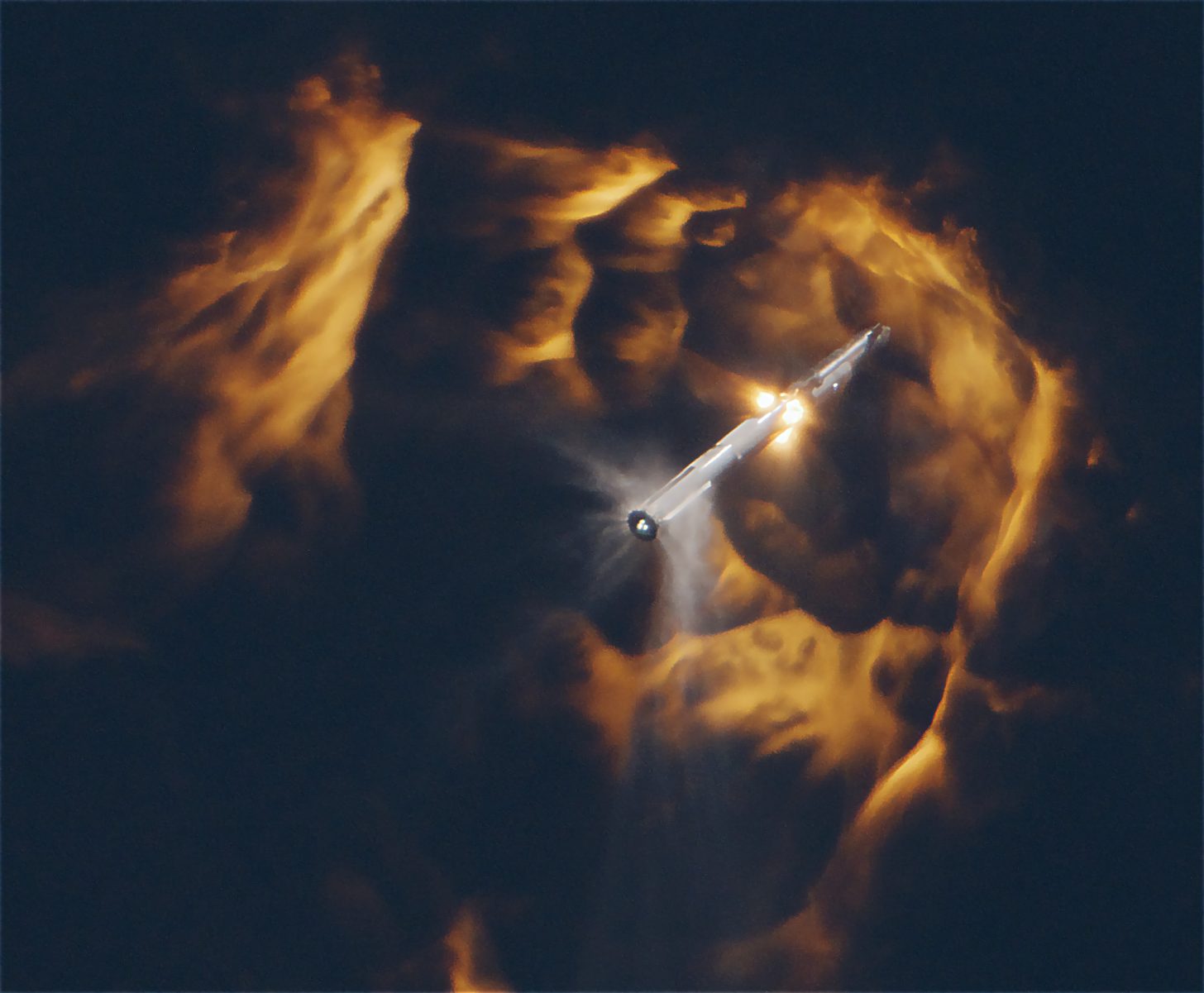
SpaceX's first Starship test flight in April carries the risk of significantly delaying the National Aeronautics and Space Administration's (NASA) Artemis program to develop a sustainable human presence on the Moon, according to a report from the Government Accountability Office (GAO). NASA's Artemis III flight is currently planned to take off in 2025, and the GAO's report shares that several portions of SpaceX's Human Landing System (HLS) development are taking longer than NASA programs typically do based on average historical data. Other key constraints identified for a 2025 launch include delays with the new spacesuits that Axiom Space is designing for lunar use.
In-Space Propellant Transfer Remains Key Hurdle To Successful Starship Demonstration Says GAO Report
SpaceX's mission architecture for its Starship HLS lunar lander involves launching a fuel depot to space and then filling it up. Once the depot is full, the HLS lander will dock with it to fill up and then start its journey to the Moon. According to the GAO, demonstrating in-space propellant transfer requires successfully launching Starship into orbit. SpaceX's April Starship test flight ended up delaying key demonstrations. to make them uncomfortably close to a 2025 Artemis III launch.
The report outlines that for its April Starship test, SpaceX had planned to successfully demonstrate Starship ascent, flight of the second stage stacked on the first stage and stage separation. However, company officials informed the agency that a fire inside the rocket caused its autonomous flight termination system to destroy the rocket and prematurely end the test.
SpaceX and NASA have delayed multiple "key events" for the HLS program to 2024, says the GAO, with eight out of 13 key events delayed by six to 13 months. SpaceX has to complete eight key events between November 2023 and the Artemis III flight, and this assessment was made before this month's orbital test flight that demonstrated stage separation and second-stage Starship engine ignition.
The delays might also have safety implications for the HLS program as they will squeeze the timeline that NASA has to work with to ensure that Starship meets human spaceflight requirements, states the GAO. According to NASA and HLS officials, SpaceX has to demonstrate that Starship can make it to orbit before it can progress to other milestones, such as a pre-Artemis III uncrewed test and in-space propellant transfer.
However, HLS officials were confident that a successful test flight would accelerate SpaceX's design process, enabling the firm to lock in Starship's design. After the April test flight, NASA officials were uncertain whether Starship could meet the Artemis III December 2025 deadline, with the HLS program schedule requiring adjustments post-April.
The primary technical work areas that might cause a delay include the Raptor engine and the fuel depot. Operating the Raptor at certain performance levels is key for the engine's certification, and should it remain uncertified, then an alternative engine system cannot be developed in time. Talking to the GAO, SpaceX's representatives shared that they were able to collect valuable data for tanking and other operations after the April test. They added that SpaceX has assembled and tested hundreds of engines as part of an iterative design approach.
For the on-orbit fuel storage system, the report outlines that program documentation shares that SpaceX has made little progress in maturing these technologies. Key systems that SpaceX has to develop include
According to the GAO, some of the systems that SpaceX has to develop are:
Those systems include docking sensors and mechanisms (to identify, locate, and then physically align the HLS Starship and the tanker Starship for fluid transfer); propellant measurement (to gauge the amount of propellant in the tanks and how much was transferred); and storage capability to mitigate fuel loss in space.
The report was written before SpaceX's November Starship test, which saw successful stage separation and engine ignition. Since then, footage from the facilities in Texas shows significant activity as SpaceX prepares Starship for its next test flight.


 DogeHome
DogeHome The Bit Journal
The Bit Journal BlockchainReporter
BlockchainReporter Optimisus
Optimisus CFN
CFN Coincu
Coincu Cryptopolitan_News
Cryptopolitan_News






















